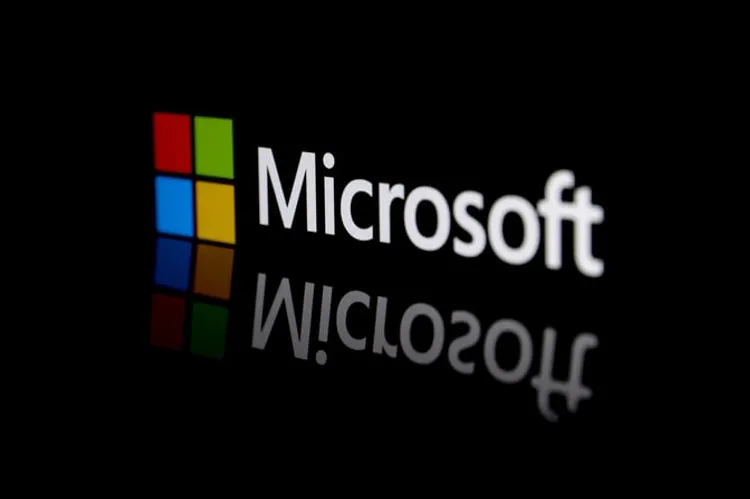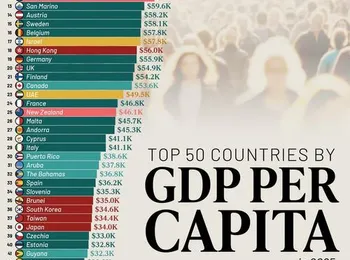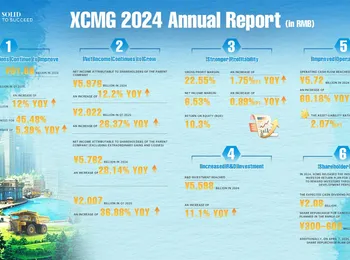Billions of dollars flow through the Gates Foundation, largely driven by Bill Gates’s personal investment portfolio. Established in 2000, the foundation’s assets now stand at an impressive $45 billion, with nearly two-thirds of this sum invested in just three key stocks. This concentrated approach reflects a strategy influenced by both Bill Gates and his long-time friend and former trustee, Warren Buffett. The Gates Foundation portfolio mirrors this investment style, prioritizing top holdings and demonstrating a value-oriented approach.
Microsoft (31.1%) Bill Gates’s initial donation of Microsoft stock in 2000 has evolved into a substantial holding. As of the first quarter, the trust maintains approximately 28.5 million shares, valued at over $14 billion. Microsoft’s recent success is inextricably linked to artificial intelligence. The $10 billion investment in OpenAI in early 2023 propelled Azure to become the leading cloud computing platform for AI developers. Microsoft’s Azure has experienced significant growth, including a 33% increase in its most recent quarter, fueled by strong demand and limited supply. Management anticipates this growth trajectory will continue, supported by the integration of AI across Microsoft 365 commercial revenue, which has seen double-digit growth, and the development of Copilot, AI assistants for applications like GitHub and Dynamics 365. This strategic focus on AI is expected to drive continued revenue and profit growth. The company’s strong enterprise software business provides a robust foundation for future expansion, justifying the current premium valuation of approximately 37 based on its forward P/E ratio. Investors are paying a premium for the stock due to the massive cash cow generated by its enterprise software business, which is supporting the rapid growth of its cloud computing operations.
Berkshire Hathaway (18.4%) Warren Buffett’s longstanding philanthropic contributions through the Gates Foundation are substantial, with over $43 billion in investments since 2006. Buffett’s donations typically involve Class B shares of Berkshire Hathaway (BRK.A and BRK.B). He maintains control by converting Class A shares to Class B shares before donation. The Gates Foundation is required to pay grants equivalent to the donation amount plus an additional 5% of the trust’s assets annually. Despite these requirements, Gates has managed to retain a significant stake in Berkshire Hathaway. The trust currently holds 17.1 million shares, valued at approximately $8.3 billion. Berkshire Hathaway operates a diverse portfolio of businesses, but its insurance segment has faced challenges due to natural disasters, such as the California wildfires, leading to disappointing first-quarter results. The company’s liquid investments total around $631.8 billion, primarily in Treasury bills and cash, reflecting Buffett’s cautious approach to investment opportunities. Finding suitable investments has become increasingly difficult due to Berkshire’s size. Shares of Berkshire have decreased since Buffett announced his retirement from the CEO position effective Jan. 1, 2026, trading at a price-to-book ratio of 1.6. While this valuation is historically expensive, Berkshire’s unleveraged position and substantial cash reserves may justify a higher multiple.
Waste Management (16.2%) Waste Management (WM) embodies the value-investing principles championed by Warren Buffett. The trust has held this stock since 2002, benefiting from a long-term buy-and-hold strategy. As of the first quarter, the trust holds 32.2 million shares, valued at approximately $7.3 billion. Waste Management’s competitive advantage lies in its unmatched portfolio of landfills, a barrier to entry due to stringent permitting requirements. This “moat” allows Waste Management to benefit from scale and density, resulting in strong profit margins. The company has utilized its excess cash for acquisitions, most recently Stericycle, now known as WM Healthcare Solutions, which is expected to generate $50 million in cross-selling opportunities and $250 million in cost synergies. Management projects revenue growth to accelerate to around 9% per year, accompanied by expanding EBITDA margins through 2027, supporting strong free cash flow growth. This cash flow can be used for additional acquisitions, dividend increases, or share repurchases. With an enterprise value of approximately 15 times the expected EBITDA over the next 12 months, the shares appear fairly priced and represent a compelling opportunity for dividend growth investors seeking companies with strong free cash flow potential.
























